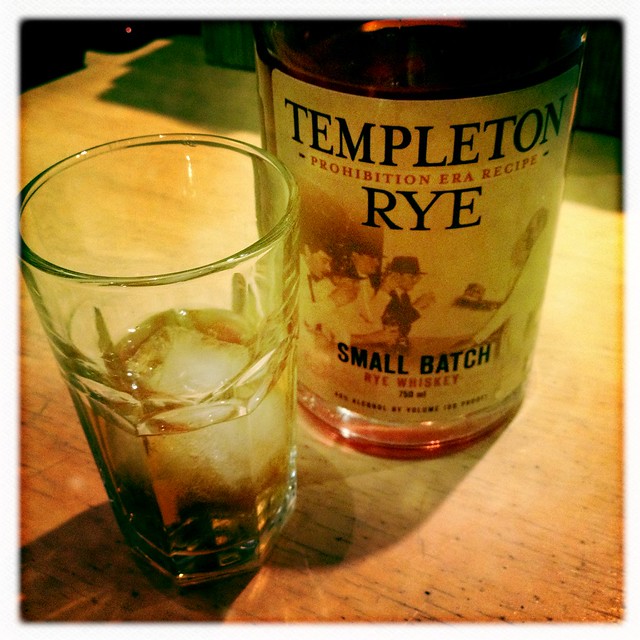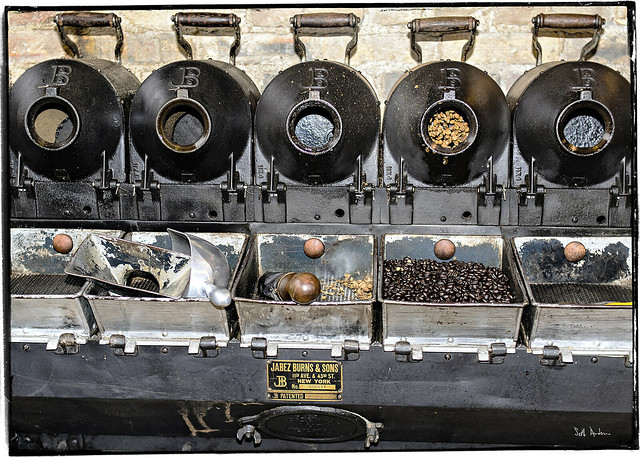Now that I’m no longer a vegetarian, I’m a member of the chicken-eating hordes. I don’t think I eat 80 pounds of fowl a year, but maybe…
Andrew Lawler, author of Why Did The Chicken Cross The World, is interviewed by the National Geographic:
Humans can’t do without chickens. Chicken is the most popular meat today. Americans eat more than 80 pounds a year, more than pork or beef. So we tend to think people must have domesticated the chicken because it was good to eat, right? Well, no. Scientists now believe chickens were not domesticated to eat in the first place.
Every chicken you see on Earth is the descendant of the red jungle fowl, a very shy jungle bird that lives in south Asia, all the way from Pakistan to Sumatra and Indonesia. It’s a small, pheasant-like bird hunters like because it’s very hard to find, so it poses a great challenge. The strange thing is that these birds are so shy that when they’re captured in the wild, they can die of a heart attack because they’re so terrified of humans. So the question is, How did this bird, that is incredibly shy, become the most ubiquitous bird on Earth?
(click here to continue reading The Surprising Ways That Chickens Changed the World.)
Chicken or religion, which came first?
But when I started to dig into it, I discovered that the chicken has actually played more roles across human history, in more societies, than any other animal, and I include the dog and the cat and cows and pigs. The chicken is a kind of a zelig of human history, which pops up in all kinds of different societies.
If you go back to ancient Babylon, about 800 B.C., in what is now Iraq, you find seals used by people to identify themselves. Some of these have images of chickens sitting on top of columns being worshipped by priests. That expanded with the Persian Empire. Zoroastrians considered the chicken sacred because it crowed before dawn, before the light appeared. And in Zoroastrian tradition, the coming of the light is a sign of good. So the chicken became associated with an awakening from physical, as well as spiritual, slumber.
and finally one last tidbit, one that I was unaware of: roosters don’t actually have a penis!
Do roosters really have no penis?
This is true. And the odd thing about it, of course, is that roosters are the byword for the male reproductive organ. Yet they don’t have penises. Ducks and a lot of other birds do. But chickens are among those birds that don’t need a penis. When two chickens get romantic, they have a cloacal “kiss,” pressing their cloaca against one another. The reason the rooster has been for so long the symbol for sex as well as the male organ is because they’re randy creatures. They will mate continuously, and with different partners. In the ancient world, that was considered a sign of vibrancy and fertility. So they became associated with human sex.
In Puritan America, we tried to stamp the word “cock” out of our English language. It used to be you would call a weathervane a weathercock or a water spigot, a water cock. But in the 17th and 18th centuries in New England, people decided that they shouldn’t even use the word cock, because it was too suggestive. [Laughs] Luckily, it didn’t catch on.
(click here to continue reading The Surprising Ways That Chickens Changed the World.)










































